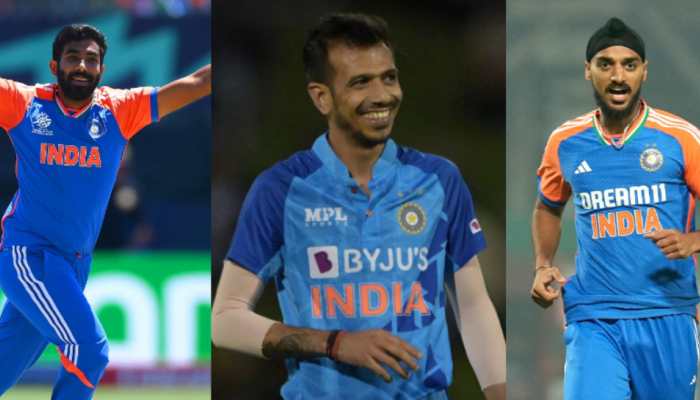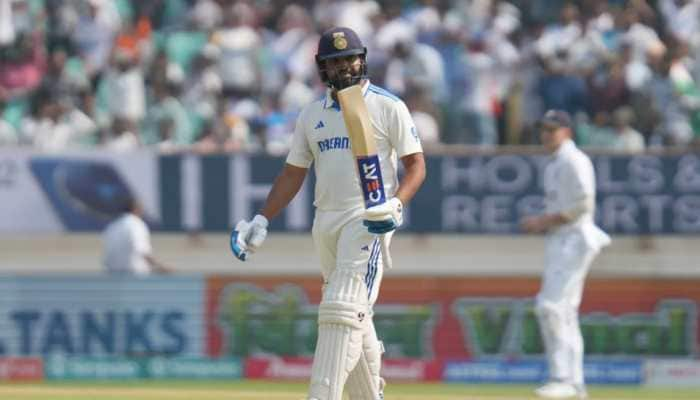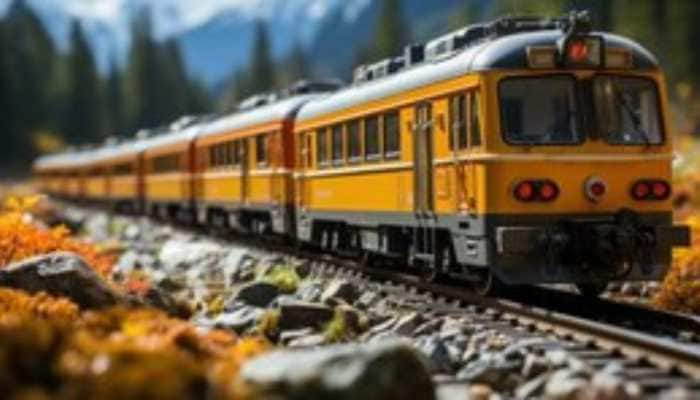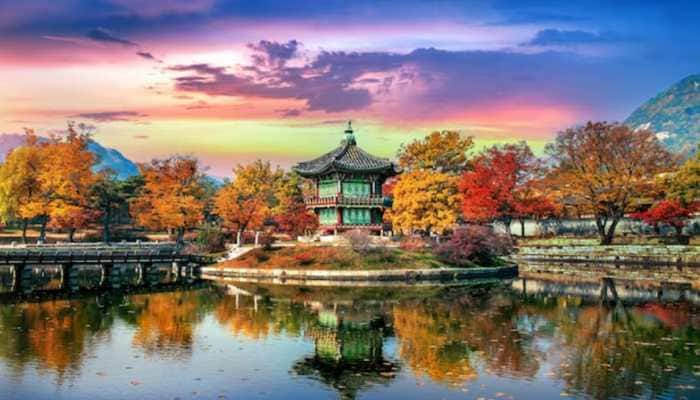Who Is Actually A 'Maratha'? Why This Community Wants Quota... All Details
The Marathas have been demanding reservation for decades, citing their social and educational backwardness due to agrarian distress and lack of opportunities.
Trending Photos
)
New Delhi: The Maratha community, which forms about a third of Maharashtra’s population, is agitating for reservation in education and jobs under the OBC category. The state government has called an all-party meeting today (11 September) to resolve the issue, which has led to violent protests in some parts of the state. The leader of the agitation, Manoj Jarange-Patil, has been on a hunger strike since 29 August in Jalna district
Who Are The Marathas?
The Marathas are a dominant caste group that constitutes about 30-35% of the state’s population and has historically wielded significant political and economic power. However, the community claims that it has been facing social and educational backwardness due to the lack of adequate representation in public institutions and employment opportunities.
The Marathas are a group of castes who are mainly farmers and landowners. They have been the most powerful and influential caste group in Maharashtra since the state was formed in 1960. Out of the 20 chief ministers so far, 12 have been from the Maratha community, including the current one, Eknath Shinde.
The Demand For Reservation
The Marathas have been demanding reservation for decades, citing their social and educational backwardness due to agrarian distress and lack of opportunities. The issue has sparked several mass movements and influenced state politics since 1981.
The demand became more intense after a 14-year-old Maratha girl was raped and murdered by three Dalit men in Ahmednagar district in 2016. The incident outraged the Marathas, who also accused the Dalits of misusing the SC/ST Act to harass and extort them. The Marathas demanded the scrapping or amendment of the Act, which they claimed was being used as a weapon against them.
In 2017 and 2018, the Marathas organized huge rallies across the state to press for their reservation demand.
The Current Developments: A Renewed Wave Of Protests
The current protests have turned violent in some parts of Maharashtra, where protestors have vandalized public property, torched vehicles, attacked politicians’ offices and residences, and clashed with police. Several cases have been registered against protestors for rioting, arson, assault, and unlawful assembly .
The leader of the agitation, Manoj Jarange-Patil, has been on a hunger strike since 29 August in Jalna district. He has reportedly refused to take water and intravenous support.
The agitation has also put pressure on the ruling MVA coalition government in Maharashtra, comprising Shiv Sena, NCP, and Congress, to find a solution to restore reservation for the Marathas. The government has formed a cabinet sub-committee headed by Public Works Minister Ashok Chavan to look into various legal options and consult experts on how to overcome the Supreme Court’s verdict. The government has also appealed to Prime Minister Narendra Modi to intervene in the matter and include the Marathas in the central OBC list .
The Legal Status
The legal status of the Maratha reservation has been a complicated and controversial issue, involving multiple court cases and legislative interventions. Here is a brief timeline of the major events related to the issue:
In 2014, before the state Assembly elections, the Congress-NCP government passed an ordinance giving 16 per cent reservation to the Marathas under a new category called SEBC. However, the Bombay High Court stayed the ordinance, saying that it violated the Supreme Court’s 50 per cent cap on reservations set in 1992.
In 2018, after winning the elections, the BJP-Shiv Sena government appointed a commission headed by retired Justice M.G. Gaikwad to study the socio-economic status of the Marathas. The commission submitted its report in November 2018, stating that the Marathas were socially and educationally backward and deserved reservation. Based on this report, the state government passed a law giving 16 per cent reservation to the Marathas under SEBC.
In 2019, the Bombay High Court upheld the constitutionality of the law, but reduced the reservation from 16 per cent to 12 per cent for education and 13 per cent for jobs, saying that it was not justified. The court also said that the 50 per cent cap on reservations could be exceeded in exceptional cases.
In 2020, some petitioners challenged the Bombay High Court’s verdict in the Supreme Court, arguing that it violated the principle of equality and that there was no exceptional case to breach the 50 per cent cap on reservations. The Supreme Court referred the matter to a larger bench of five judges and stayed the implementation of the Maratha reservation until further orders.
In 2021, after hearing arguments from both sides, the Supreme Court struck down the Maharashtra law granting reservation to the Marathas, saying that it was unconstitutional and that there was no valid reason to exceed the 50 per cent cap on reservations. The court also said that only the President of India had the power to identify and include any community in the OBC list under Article 342A of the Constitution, which was inserted by the 102nd Constitutional Amendment in 2018.
Stay informed on all the latest news, real-time breaking news updates, and follow all the important headlines in india news and world News on Zee News.
Live Tv







)
)
)
)
)
)
)
)
)
)
